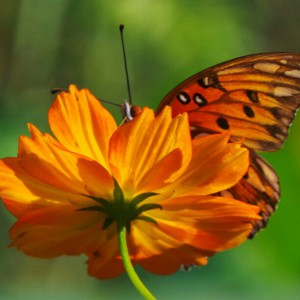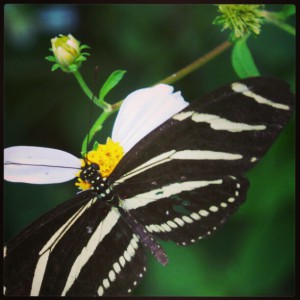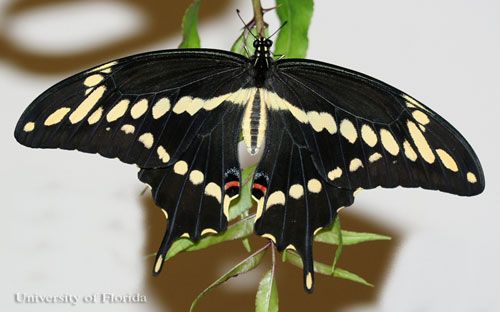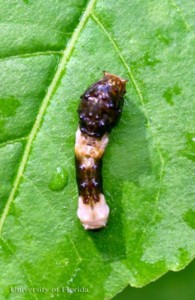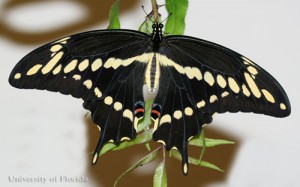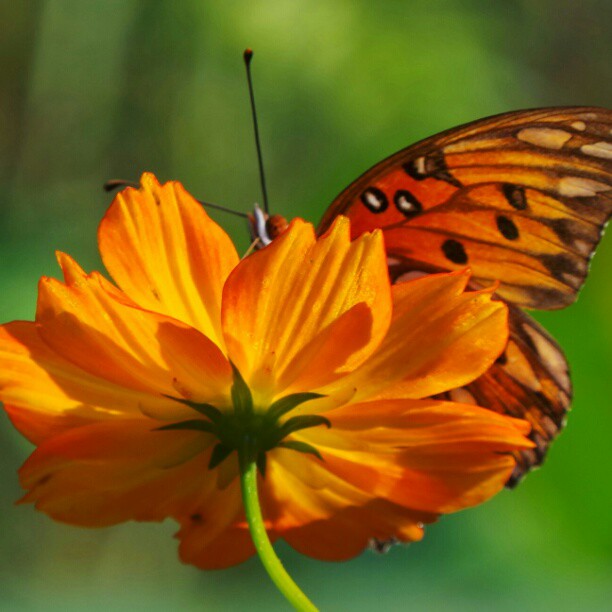
Bring Life to Your Garden with Butterflies!
Attracting Butterflies into Your Landscape
Have you been itching to add some life and color into your landscape? Why not plant a butterfly garden?! Butterfly gardens are a great way to add movement and life to an otherwise stagnant landscape. Most butterfly gardens are not only an attractant for our Florida butterflies, but are also a magnet for hummingbirds and beneficial insects. To start your garden all you need are a few key plants.
Incorporate at least one host plant and one nectar plant into your garden. The host plant provides a suitable habitat for the female butterfly to lay her eggs. These eggs will hatch and the baby caterpillars will eat the leaves of the host plant. Host plants are often not as showy as nectar plants, nor are they even necessary to attract adult butterflies. However, while nectar plants invite butterflies into your garden to feed, host plants offer them a reason to stay and reproduce. And you can watch this entire cycle unfold in your own garden!
Most of your butterfly attractant plants will do best in full sun to partial shade. Try not to apply pesticides in areas where you want to maintain healthy caterpillar/butterfly populations. Providing water for butterflies is very important and easily done. One option is to fill a clay tray with sand and then place a rock in the center, where the butterfly can perch. Keep the sand wet, but avoid standing water. Feel free to contact your local extension office for more information on our winged friends!
Here are a few examples of butterflies and their preferred host plants:
- Black Swallowtail
o Host Plants – Fennel, Parsley, Bishopsweed
- Zebra Swallowtail
o Host Plants – Pawpaw
- Giant Swallowtail
o Host Plants – Wild Lime, Hercules-club, Citrus spp.
- Tiger Swallowtail
o Host Plants – Ash, Black Cherry, Tulip tree, Sweetbay Magnolia
- Cloudless Sulphur
o Host Plants – Partridge Pea, Cassia
- Gulf Fritillary
o Host Plants – Passion Vines
- Zebra Longwing (State Butterfly of Florida)
o Host Plants – Passion Vines
- Monarch
o Host Plants – Milkweed, Butterfly Weed
Here are nectar plants that will have the butterflies swarming to your garden:
- Firebush
- Milkweed
- Blanket Flower
- Sage (Salvia spp.)
- Butterfly Bush
- Blazing Star
- Yarrow
- Pentas
- Stoke’s Aster

